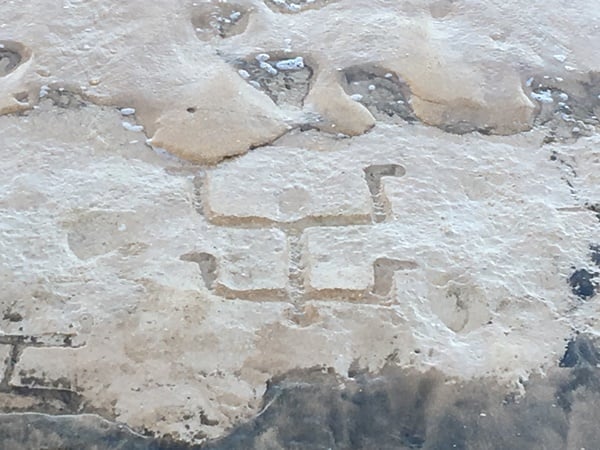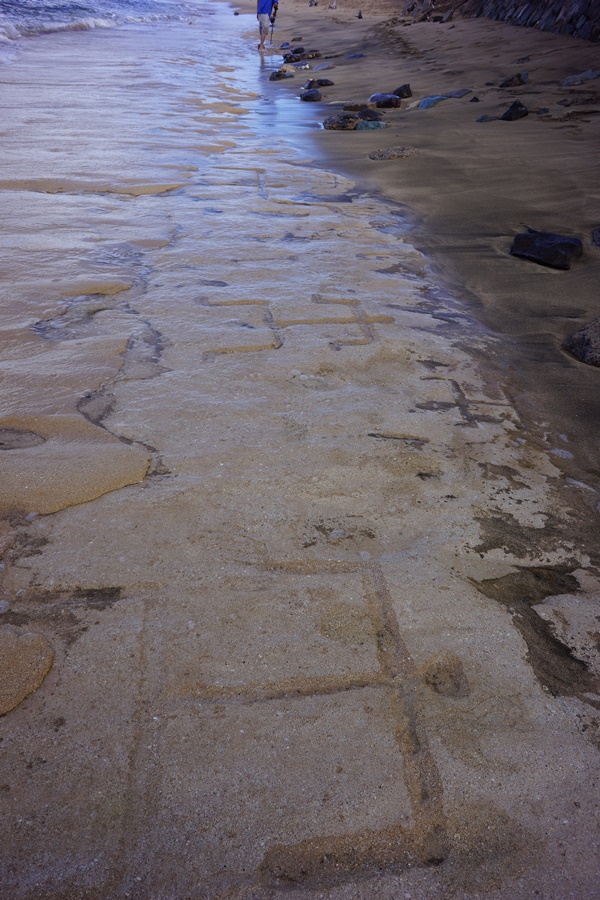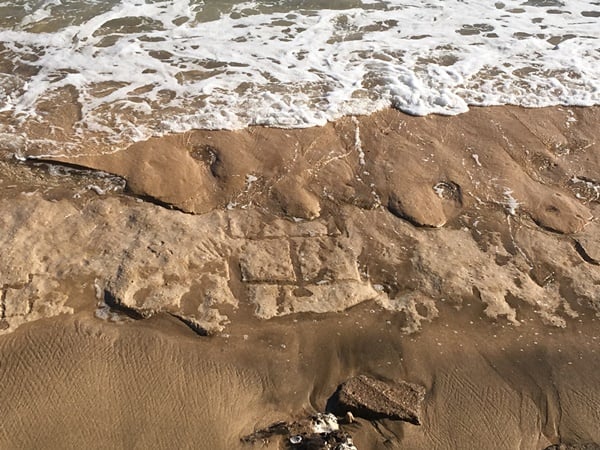People
Texan Couple on Vacation Accidentally Discovers Ancient Hawaiian Petroglyphs
Experts say the figures are more than 400 years old.

Experts say the figures are more than 400 years old.

Eileen Kinsella

While wandering out to catch the sunset in Honolulu last month, Lonnie Watson and Mark Louviere, frequent visitors from Fort Worth, Texas, accidentally stumbled on 400-year old petroglyphs etched into sandstone on the shore, according to a news release from the Hawaiian Department of Land and Natural Resources (DNLR).

Courtesy of Department of Land and Natural Resources, State Historic Preservation, Hawaii.
“For some reason there was a beam of light… just a beam… it landed right on one of them and for some reason I just turned my head. I said, look, it was just a stroke of luck,” Watson recounted according to the news release.
What the pair found was a large petroglyph. Upon further investigation, they discovered a number of figures stretching roughly over 60 feet of beach. While it is likely that the series, “created by aboriginal inhabitants of the Waianae coast,” have revealed themselves in the past, the DNLR states, “this is the first time they’ve come to the attention of the DLNR State Historic Preservation Division (SHPD) and the US Army.” The agencies have been working together to document the petroglyphs, of which there are at least 17.
The news was first picked up by Hawaii News Now and Newser.

Courtesy of Department of Land and Natural Resources, State Historic Preservation, Hawaii.
“What’s interesting,” said Army archaeologist and Waianaie native Alton Exzabe, “is the Army in Hawai’i manages several thousand archaeological site, but this is the first one with petroglyphs directly on the shoreline. This is quite a significant find.”
“They record our genealogy and religion,” said Glen Kila, a lineal descendant of the aboriginal families who first settled in Nen’u on the Waianae Coast, and whose family home is just a short distance from the petroglyph field.
Exzabe and other SHPD officials are encouraging curious people to look but not touch. “Even the process of scraping sand away by hand or with brushes can damage the integrity of the figures,” warned the statement.
The petroglyphs were only visible for a short time. Since the initial sighting last month, the sand has moved back in to cover them, “however, the Army and SHPD are committed to protecting the ‘new’ discovery whether visible or not.”